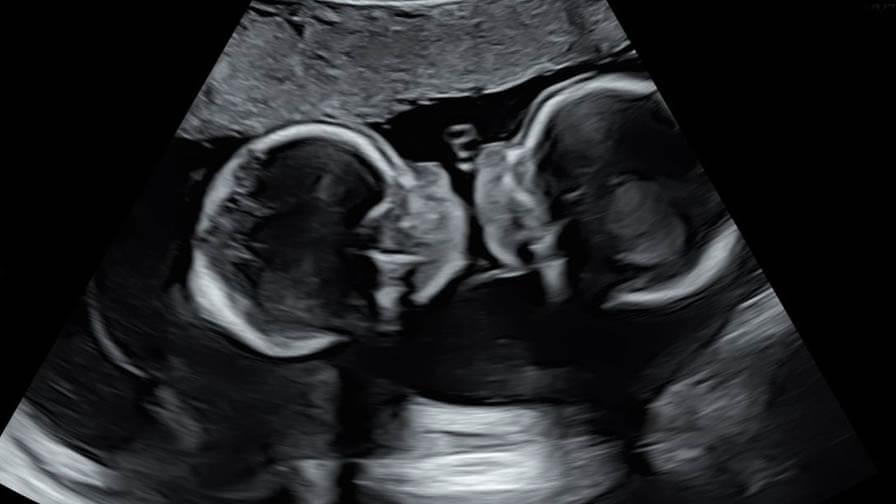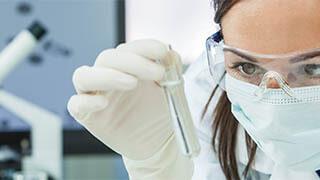Twin-twin transfusion syndrome affects around one in 10 identical twins who share a placenta. Abnormal connections develop in the shared placenta, connecting the babies’ blood supplies. This causes unequal sharing of blood between them and can be life-threatening.

Severe cases are usually treated by laser ablation surgery. This is keyhole surgery, with a small laser inserted through a cut in the womb and used to block the blood vessels causing the problem. But it carries risks, many of them due to its invasive nature. Sometimes it can still only save one twin, and sometimes neither baby survives. There is also a risk of infection, miscarriage or premature birth.
In 2012, Action awarded funding to Professor Christoph Lees and his team to investigate the safety and effectiveness of a new technology called high frequency ultrasound. “As it does not involve invasive surgery, we believed it could be safer,” he says. “It could also mean babies could be treated earlier in pregnancy, hopefully improving their chances of surviving and escaping disability.”
The technique uses a focused ultrasound beam, generated outside the body and aimed precisely at a treatment area inside the womb. It is already used in the treatment of uterine fibroids and to kill tumours – and Professor Lees and his team have now shown that it could also potentially be safely and effectively used to block blood vessels in the placenta, without affecting the course of pregnancy.
A clinical trial in pregnant women opened this year, now taking this even closer to becoming a treatment option.
The results from the Action-funded work showed that our new ultrasound-based technique appears to be effective – and, importantly, has few side effects.

